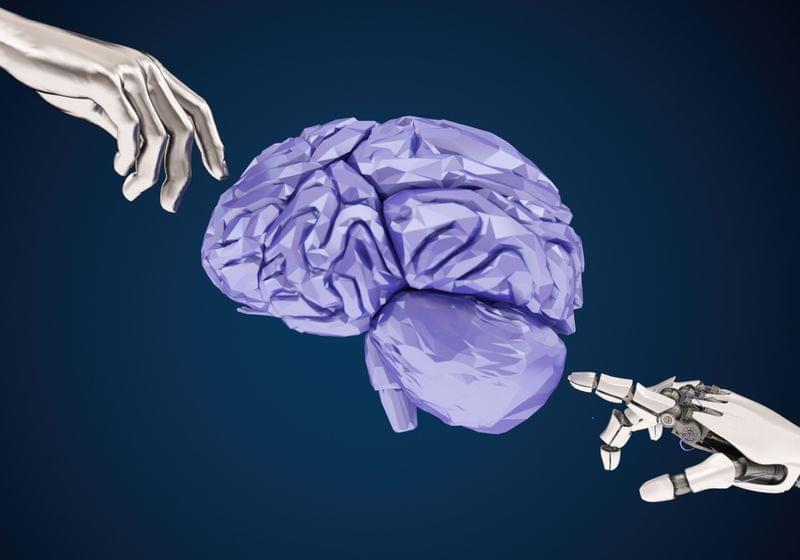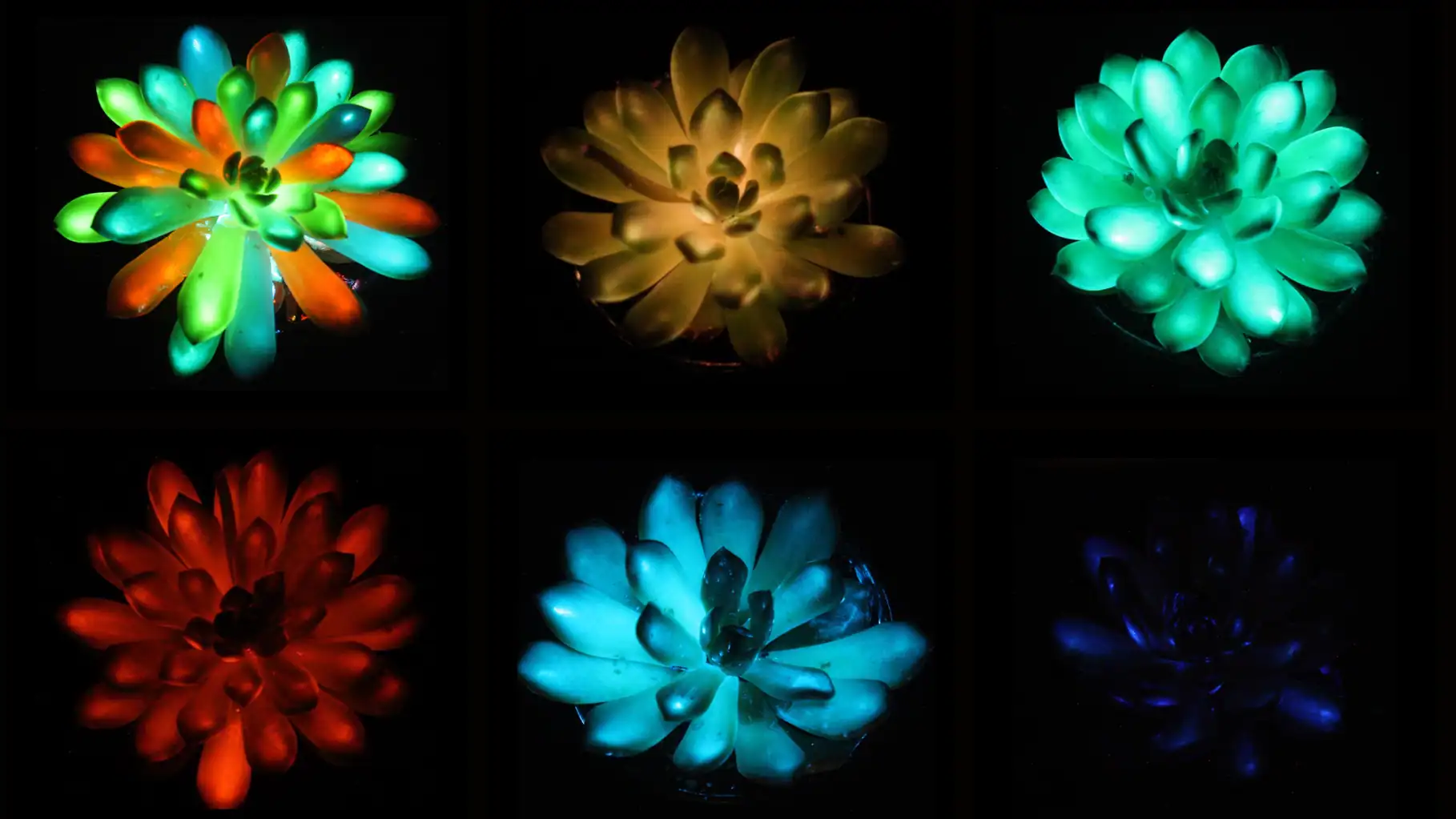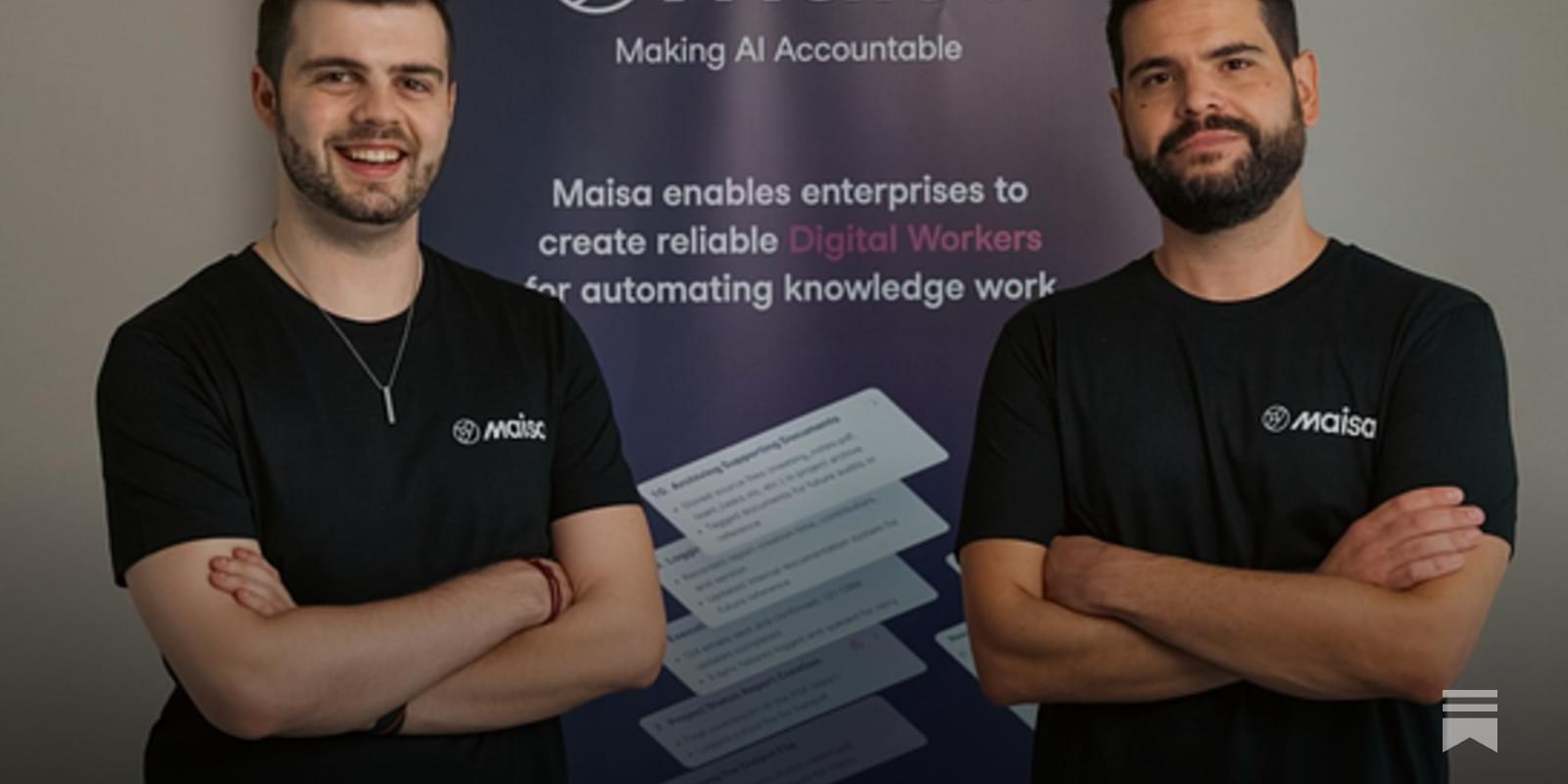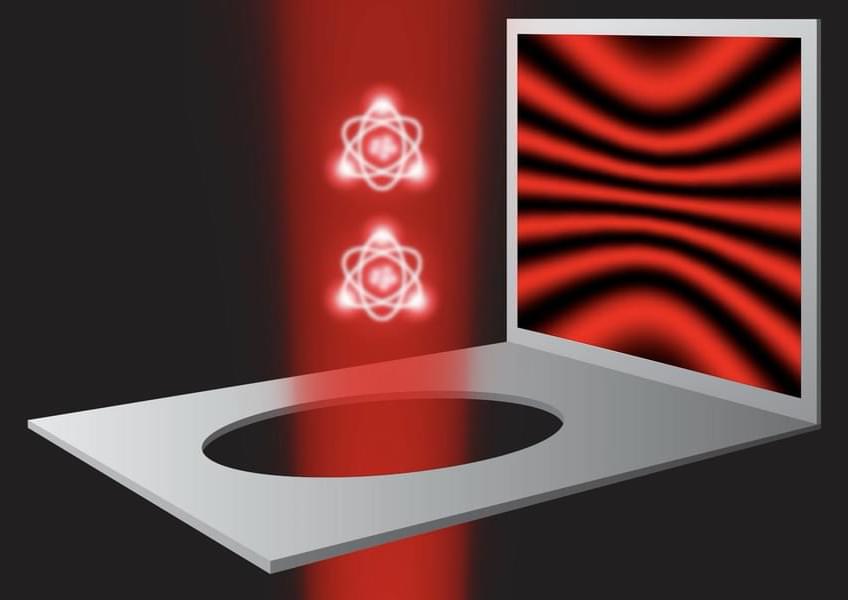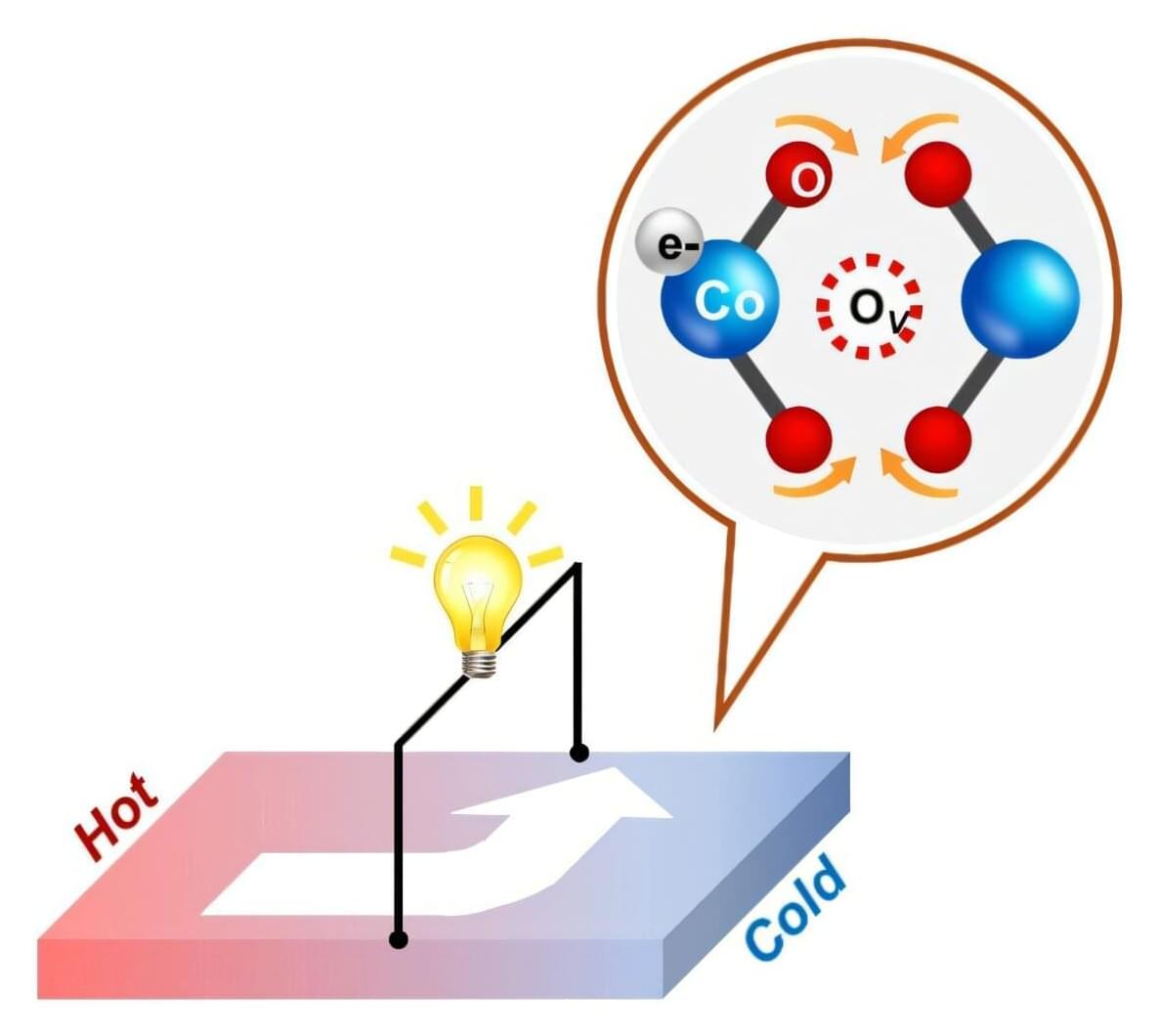The formulation of quantum field theory in Minkowski spacetime, which emerges from the unification of special relativity and quantum mechanics, is based on treating time as a parameter, assuming a fixed arrow of time, and requiring that field operators commute for spacelike separations. This procedure is questioned in the context of quantum field theory in curved spacetime (QFTCS). In 1935, Einstein and Rosen (ER), in their seminal paper [1] proposed that “a particle in the physical Universe has to be described by mathematical bridges connecting two sheets of spacetime” which involved two arrows of time. We further establish that the quantum effects at gravitational horizons aesthetically involve the physics of quantum inverted harmonic oscillators that have phase space horizons. Recently proposed direct-sum quantum theory reconciles the ER’s vision by introducing geometric superselection sectors associated with the regions of spacetime related by discrete transformations. This new understanding of the ER bridges promises a unitary description of QFTCS, along with observer complementarity. Furthermore, we present compelling evidence for our new understanding of ER bridges in the form of large-scale parity asymmetric features in the cosmic microwave background, which is statistically 650 times stronger than the standard scale-invariant power spectrum from the typical understanding of inflationary quantum fluctuations when compared with the posterior probabilities associated with the model given the data. We finally discuss the implications of this new understanding in combining gravity and quantum mechanics.
Gravity and quantum mechanics.


